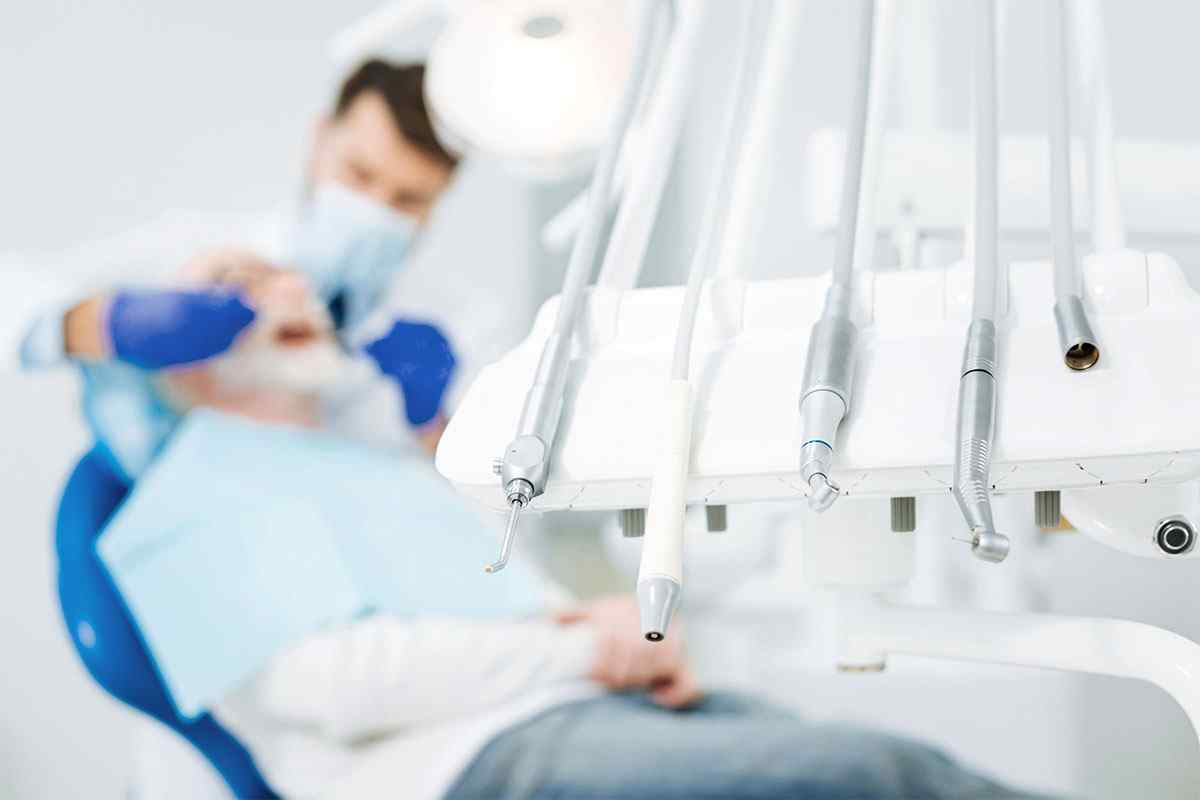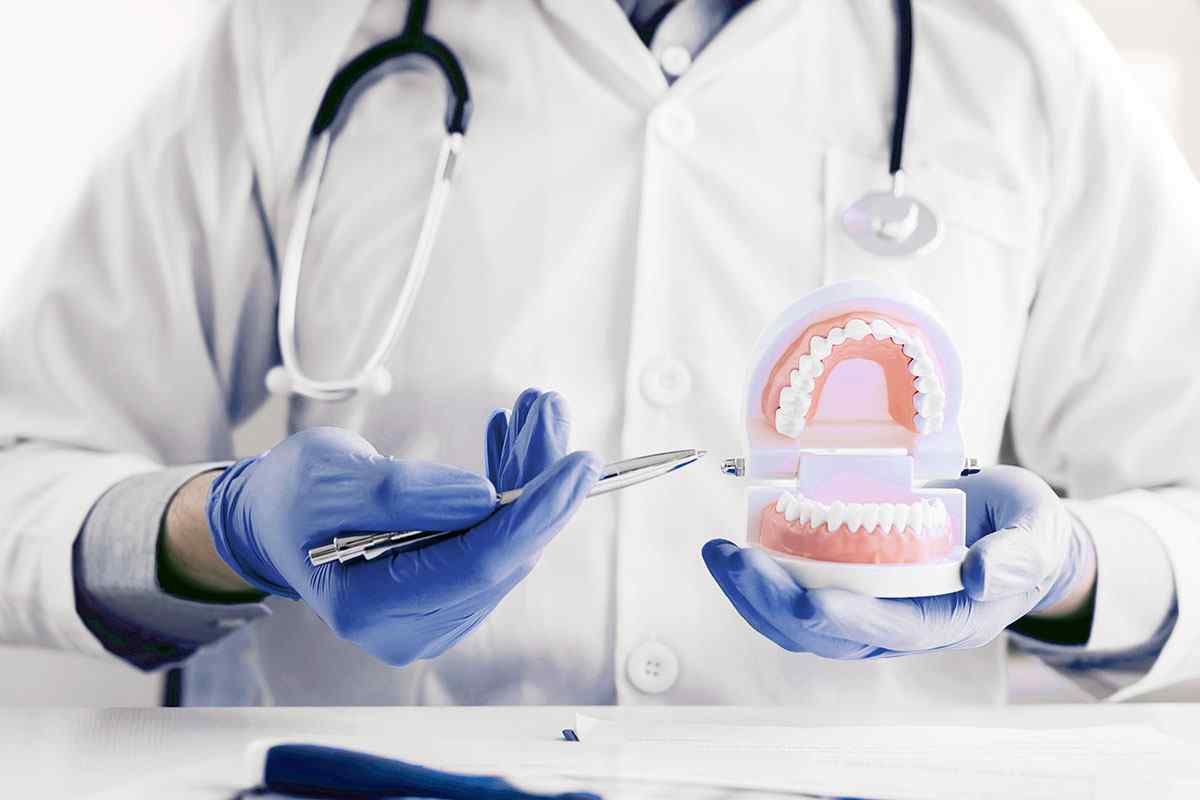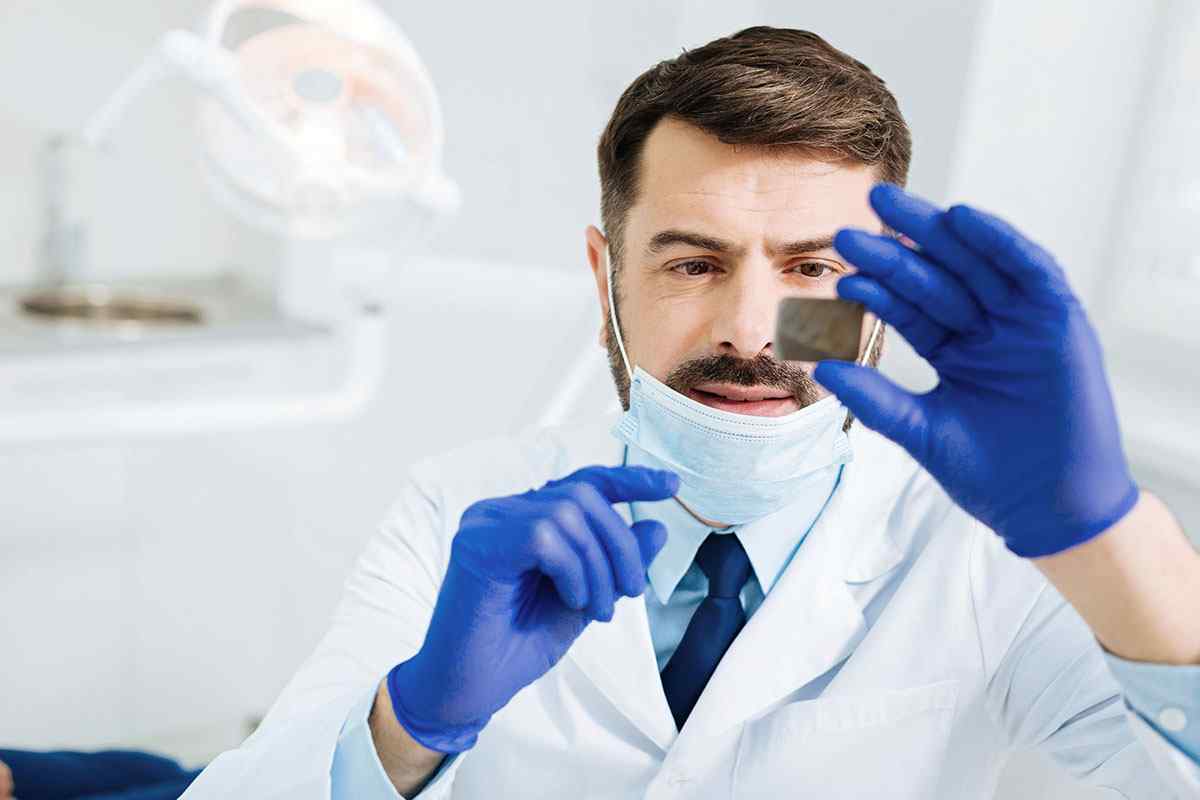What Exactly Is
Orthodontic Treatment?
An orthodontist can carry out work that aims to achieve the following:
- closing wide gaps between the teeth
- aligning the tips of the teeth
- straightening crooked teeth
- improving speech or chewing ability
- boosting the long-term health of gums and teeth
- preventing long-term excessive wear or trauma of the teeth
- treating an improper bite
Treatment can improve the appearance of the teeth, but it can also lead to better chewing and speech function and help protect teeth from damage or decay, in some cases.
To achieve these goals, the orthodontist uses a range of medical dental devices, including headgear, plates, and braces.
Who should see Orthodontist? If the jaws and teeth do not develop properly, malocclusion can result. The teeth will be crooked and misaligned, and the bottom and top sets of teeth may not line up.




Orthodontic treatment can help treat or improve the following:
Protruding front teeth: Treatment can improve the appearance and protects the teeth from damage during sports injuries or falls.
Crowding: In a narrow jaw, there may not be enough space for all the teeth. The orthodontist may remove one or more teeth to make room for the others.
Impacted teeth: This can happen when the adult tooth does not emerge from the gum or bone or only emerges partially.
Asymmetrical teeth: The upper and lower teeth do not match, especially when the mouth is closed but the teeth are showing.
Know More About
Orthodontics Treatment
FAQs(Frequently Asked Questions)
Will straightening teeth help?
If teeth are too far out of line or in a totally incorrect bite position, you may need to have an orthodontic appliance (brace) fitted to move them into a better position.
Why should one have orthodontic treatment?
Many people have crowded or crooked teeth. Orthodontic treatment will straighten the teeth or move them into a better position. This can improve their appearance and the way the teeth bite together, while also making them easier to clean.
Some people have upper front teeth that stick out and look unsightly. These ‘prominent’ teeth are more likely to be damaged, but orthodontic treatment can move them back into line. Or the way the upper and lower jaws meet can cause teeth to look unsightly and lead to an incorrect bite. Orthodontic treatment may be able to correct both of these problems.
When the teeth don’t meet correctly, this can put strain on the muscles of the jaw, causing jaw and joint problems and sometimes headaches. Orthodontic treatment can help you to bite more evenly and reduce the strain.
At what age should orthodontic treatment be done?
The best time is generally during childhood, but adults can have orthodontic treatment too – and more and more are doing so. Age is less important than having the right number of teeth. In children it may be necessary to wait for enough teeth to come through before starting treatment.
Who carries out orthodontics?
Your dentist may carry out orthodontic treatment. Or they may send you to a specialist who has extra qualifications. The specialist may be in a practice or in a hospital department, and is called an orthodontist.
What does it involve?
The most important thing is to have a full examination. This will usually involve looking at your teeth, taking x-rays and making plaster models of your teeth.
Your dental team or orthodontist will then discuss what treatment is possible. Once you are sure you want to go ahead, the treatment can start as soon as you have enough permanent teeth.
There is always a need to have teeth taken out to make room?
You may not have enough room for all your permanent teeth. If so, you may need to have some permanent teeth taken out to make space. Your dental team will tell you whether this is the case. Sometimes space can be made using other forms of treatment
How long will it take?
The length of treatment depends on how severe the problem is, and it may take anything from a few months to two-and-a-half years. Most people can be treated in one to two years.
How many visits will it take?
Orthodontic braces usually need adjusting every 4 to 6 weeks. Your orthodontist will tell you how often your brace will need adjusting.
Are there any alternatives to orthodontics?
Cosmetic contouring can be used to improve the appearance of teeth. It is ideal if you have irregular-shaped or slightly crowded teeth.
However, in contouring the teeth a small amount of enamel would be lost. Contouring can also be used to improve the shape and appearance of your gums. These treatments are not recommended for young children
Can orthodontics damage teeth?
The teeth can be damaged if you don’t look after them properly during treatment. The braces themselves will not cause damage, but poor cleaning and too many sugary foods and drinks can cause permanent damage to your teeth. Brackets, wires and braces can trap food and cause more plaque than usual to build up. So you need to clean your teeth and appliance very thoroughly.
How to care for braces and teeth?
It is important to keep having teeth checked by your dental team while you are having orthodontic treatment. You also need to take extra care of your teeth and mouth:
- Clean your teeth carefully every day, including between your teeth where you can. Braces are delicate and you need to make sure you clean them carefully so that they do not break. Your dental team will be able to show you the special techniques to use depending on the appliance you are wearing.
- Cut down on how often you have sugary foods and drinks. Avoid snacks and drinks containing sugars, and fizzy drinks. Also, sticky and hard foods may damage your brace.
Brush your teeth last thing at night and at least one other time during the day. Use a mouthwash if you need to. Your dental team may recommend a stronger fluoride toothpaste, or perhaps a fluoride gel or mouth rinse, for you to use.





